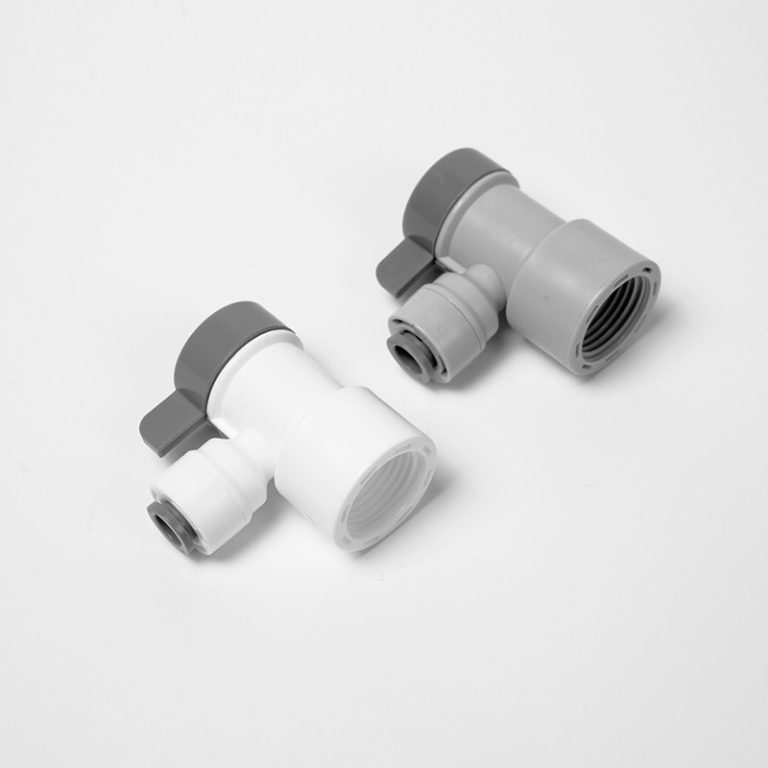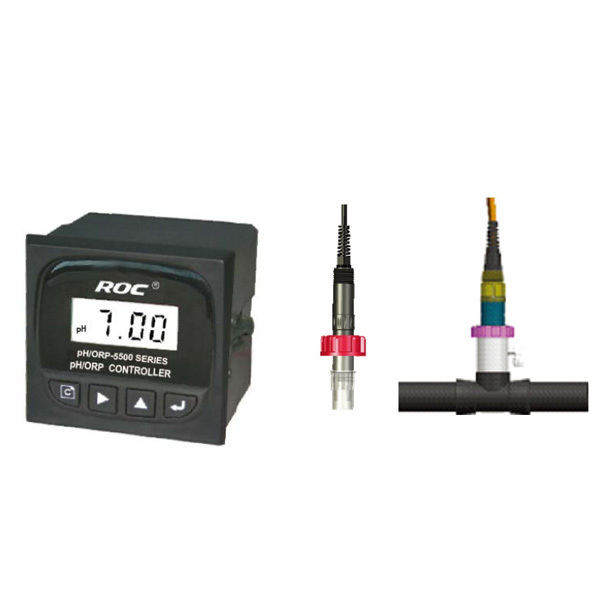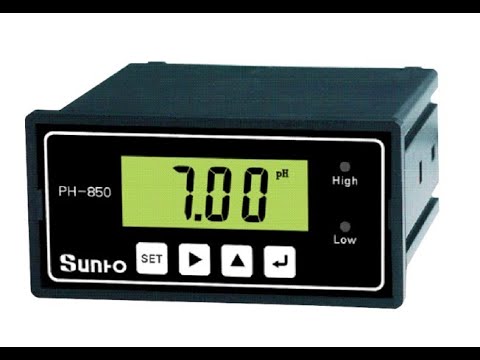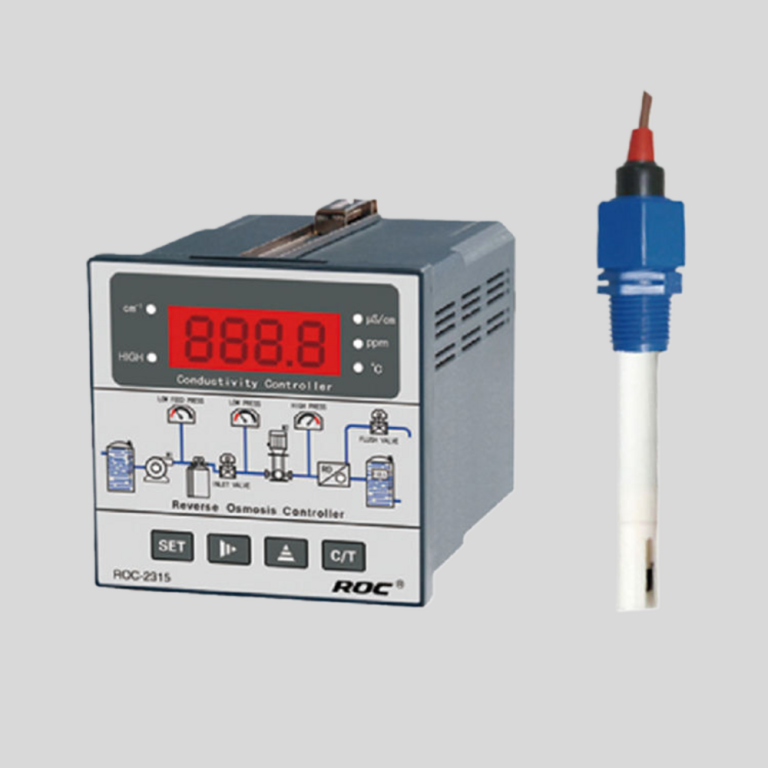Table of Contents
The Importance of Nitrate Testing in Ensuring Safe Drinking Water
Water quality testing is a crucial aspect of ensuring that our drinking water is safe for consumption. One of the key parameters that is often tested for in water quality assessments is nitrate levels. Nitrate is a compound that is naturally present in the environment, but high levels of nitrate in drinking water can pose serious health risks to humans, particularly infants and pregnant women.
Nitrate can enter water sources through a variety of pathways, including agricultural runoff, septic systems, and industrial discharges. When nitrate levels in drinking water exceed the maximum contaminant level set by regulatory agencies, it can lead to a condition known as methemoglobinemia, or “blue baby syndrome,” in infants. This condition occurs when nitrate is converted to nitrite in the body, which can interfere with the blood’s ability to carry oxygen, leading to potentially life-threatening consequences.
In addition to the immediate health risks posed by high nitrate levels in drinking water, nitrate contamination can also have long-term impacts on the environment. Excessive nitrate levels can contribute to the growth of algae in water bodies, leading to harmful algal blooms that can deplete oxygen levels and harm aquatic ecosystems. Nitrate pollution can also contaminate groundwater, which serves as a source of drinking water for many communities.
Given the potential health and environmental risks associated with nitrate contamination, regular testing for nitrate levels in drinking water is essential. Water quality testing for nitrate typically involves collecting water samples from various sources, such as wells, rivers, and reservoirs, and analyzing them for nitrate concentrations using specialized equipment. By monitoring nitrate levels in drinking water, water quality professionals can identify potential sources of contamination and take appropriate measures to mitigate the risks.
In addition to regulatory agencies, homeowners can also take steps to ensure the safety of their drinking water by conducting their own nitrate testing. Home testing kits are available that allow individuals to test their water for nitrate levels and other contaminants. By regularly testing their water for nitrate, homeowners can stay informed about the quality of their drinking water and take action if necessary to address any issues that may arise.
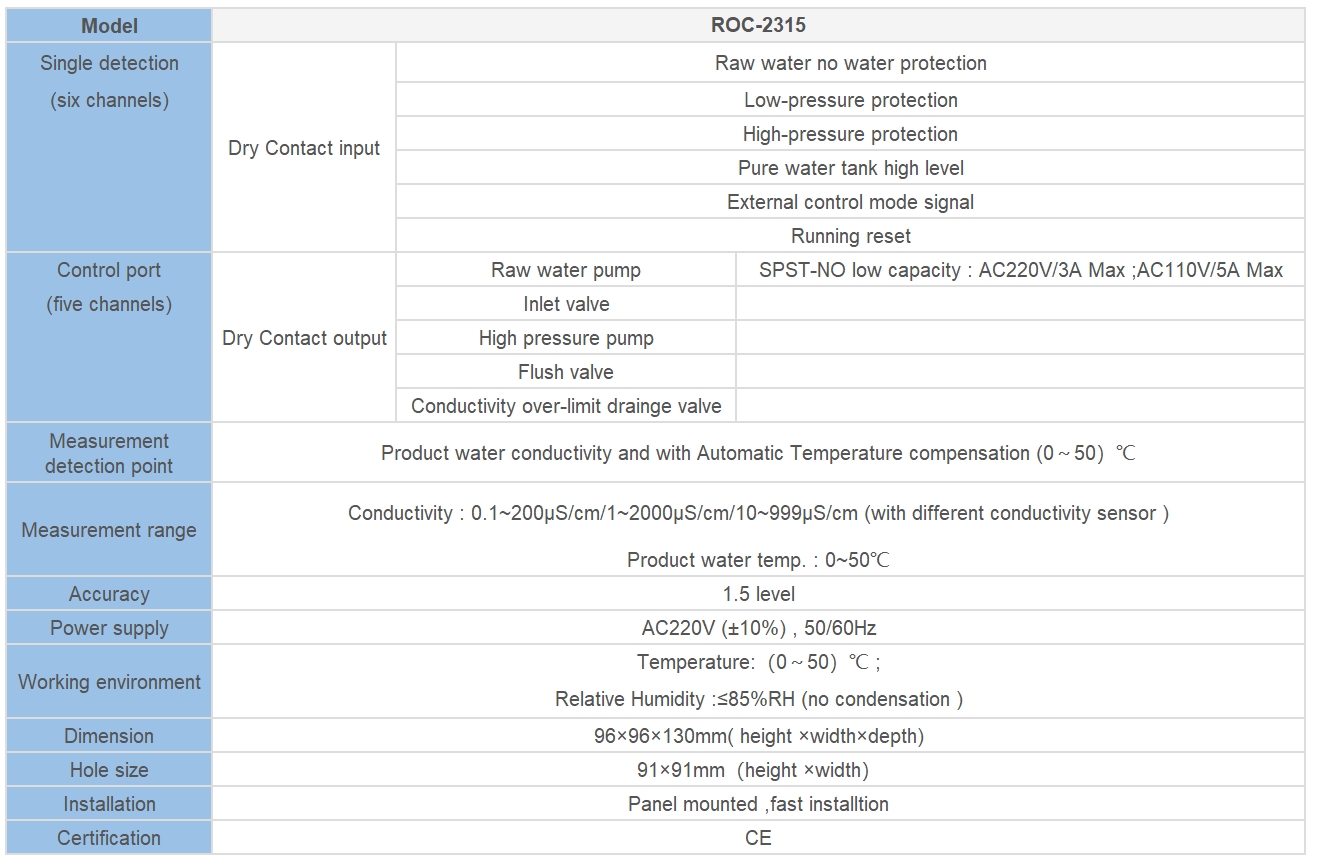
In conclusion, nitrate testing is a critical component of water quality assessments that helps to ensure the safety of our drinking water. By monitoring nitrate levels in water sources, we can protect public health, safeguard the environment, and prevent the potential consequences of nitrate contamination. Whether conducted by regulatory agencies or individual homeowners, nitrate testing plays a vital role in maintaining the quality and safety of our drinking water supply.
How to Conduct Nitrate Testing at Home for Water Quality Monitoring
Water quality testing is an essential aspect of ensuring the safety and purity of our drinking water. One common contaminant that can be found in water sources is nitrate. Nitrate is a compound that is naturally occurring in the environment but can also be introduced through agricultural runoff, sewage discharge, and industrial activities. High levels of nitrate in drinking water can pose serious health risks, especially for infants and pregnant women. Therefore, it is crucial to regularly test for nitrate levels in your water supply.
Conducting nitrate testing at home is a simple and cost-effective way to monitor the quality of your drinking water. There are several methods available for testing nitrate levels, but one of the most common and reliable methods is using a nitrate test kit. These test kits are readily available at hardware stores, home improvement stores, and online retailers.
| ROS-2210 Double-Stage Reverse Osmosis Program Controller | |
| \\u3000 | 1.water source water tank without water protection |
| \\u3000 | 2. Pure tank low level |
| \\u3000 | 3.Pure tank high level |
| Acquisition signal | 4.low pressure protection |
| \\u3000 | 5.high pressure protection |
| \\u3000 | 6.pretreatment regeneration |
| \\u3000 | 7.manual/automatic control |
| \\u3000 | 1.water inlet valve |
| \\u3000 | 2. flush valve |
| Output control | 3. low pressure pump |
| \\u3000 | 4.high pressure pump |
| \\u3000 | 5.conductivity over standard valve |
| Measuring range | 0~2000uS |
| Temperature range | Based on 25\\u2103, automatic temperature compensation |
| \\u3000 | AC220v\\u00b110% 50/60Hz |
| Power supply | AC110v\\u00b110% 50/60Hz |
| \\u3000 | DC24v\\u00b110% |
| Medium temperature | The normal temperature electrode<60\\u2103 |
| \\u3000 | High temperature electrode<120\\u2103 |
| Control output | 5A/250V AC |
| Relative humidity | \\u226485% |
| Ambient temperature | 0~50\\u2103 |
| Hole Size | 92*92mm(high*wide) |
| Installation method | The embedded |
| Cell constant | 1.0cm-\\u00b9*2 |
| Display usage | Digital display: conductivity value/temperature value; Supporting RO process flow chart |
| \\u3000 | 1.Electrode constant and type setting |
| \\u3000 | 2.Conductivity overrun setting |
| \\u3000 | 3.Flush Settings at intervals of * hours |
| Main function | 4.Flushing time setting |
| \\u3000 | 5.RO membrane running time setting |
| \\u3000 | 6.Power on automatic operation/stop setting |
| \\u3000 | 7.Mailing address, baud rate setting |
| \\u3000 | 8.Optional RS-485 communication interface |
To conduct a nitrate test at home, you will need to follow a few simple steps. First, gather all the necessary materials, including the nitrate test kit, a clean container for collecting water samples, and a pen and paper to record your results. It is important to ensure that the container you use for collecting water samples is clean and free of any contaminants that could affect the test results.
Next, collect a water sample from your tap or well. It is recommended to collect the sample from a cold water source that has been running for at least two minutes to ensure that the water is fresh and not stagnant. Fill the clean container with the water sample, leaving some space at the top for mixing the reagents.
Once you have collected the water sample, follow the instructions provided with the nitrate test kit to perform the test. Typically, the test involves adding a few drops of reagent to the water sample and observing any color changes that indicate the presence of nitrate. The test kit will also provide guidelines for interpreting the results and determining the nitrate concentration in your water supply.
After completing the test, record your results and compare them to the recommended nitrate levels set by regulatory agencies such as the Environmental Protection Agency (EPA). If the nitrate levels in your water supply exceed the recommended limits, it is important to take action to address the issue. This may involve installing a water treatment system, contacting your local water utility for further testing, or seeking alternative sources of drinking water.
Regularly testing for nitrate levels in your water supply is essential for ensuring the safety and quality of your drinking water. By conducting nitrate testing at home, you can take proactive steps to protect your health and the health of your family. Remember that water quality can change over time, so it is important to test your water supply regularly and address any issues that may arise. By staying informed and proactive about water quality testing, you can help ensure that your drinking water remains safe and free of contaminants.


